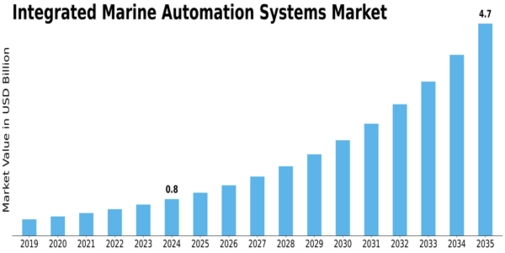The shipping sector is entering a new phase of digitalization, where automation and connectivity are redefining how vessels navigate and operate. Seamless integration of systems across propulsion, communication, and control platforms has become the foundation of modern marine engineering.
The Integrated Marine Automation System Market plays a crucial role in delivering these intelligent capabilities. These systems allow centralized control of propulsion, steering, power management, and safety equipment. They support real-time monitoring and provide data-driven insights that improve efficiency and reliability in marine operations.
Recent market analysis highlights the market’s growth, size, and share, which are influenced by the growing demand for autonomous ships, fuel optimization, and advanced safety systems. As global fleets modernize, operators are investing in integrated systems to enhance navigation precision and reduce downtime.
The latest trends show the adoption of modular architectures, wireless connectivity, and AI-driven control algorithms. These innovations improve communication between subsystems, allowing ships to self-diagnose faults and automatically adjust performance parameters.
The forecast predicts sustained market expansion as shipping companies prioritize digital transformation. With automation improving efficiency, the maritime sector is poised to move toward smarter, safer, and greener operations.
FAQs
Q1: How do integrated systems improve vessel performance?
They optimize fuel consumption, manage power distribution, and monitor machinery performance in real time.
Q2: What are the key components of marine automation systems?
The key elements include control units, sensors, software, and communication interfaces that work together to ensure seamless operation.



